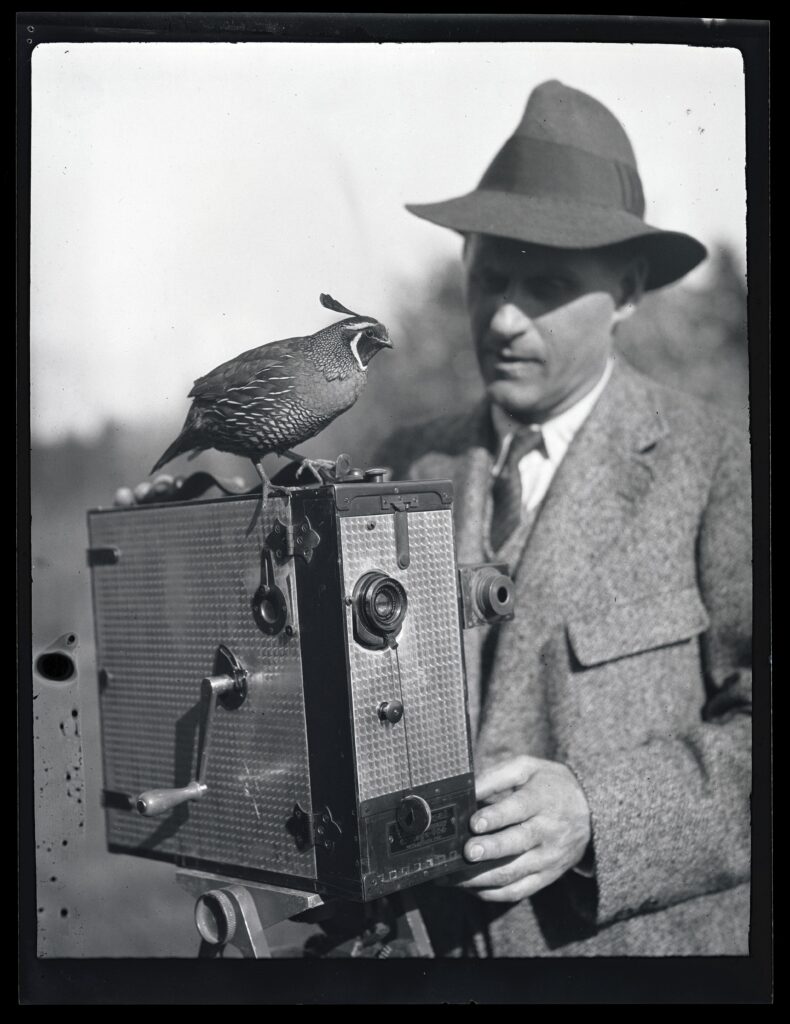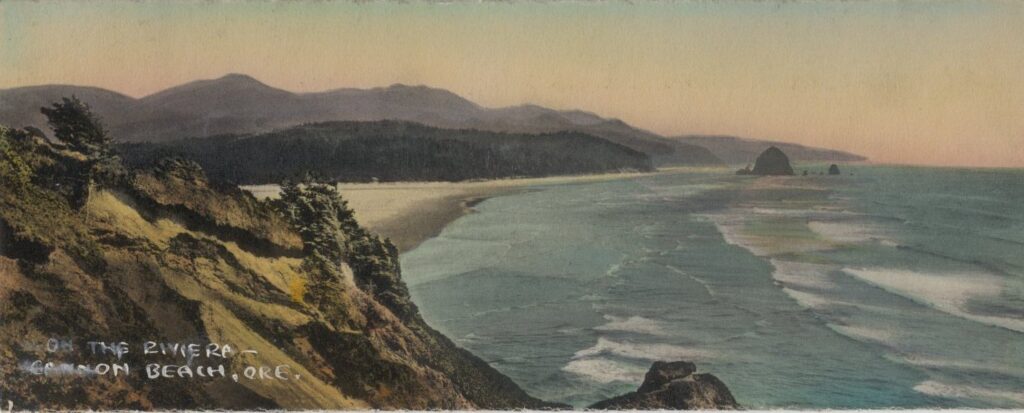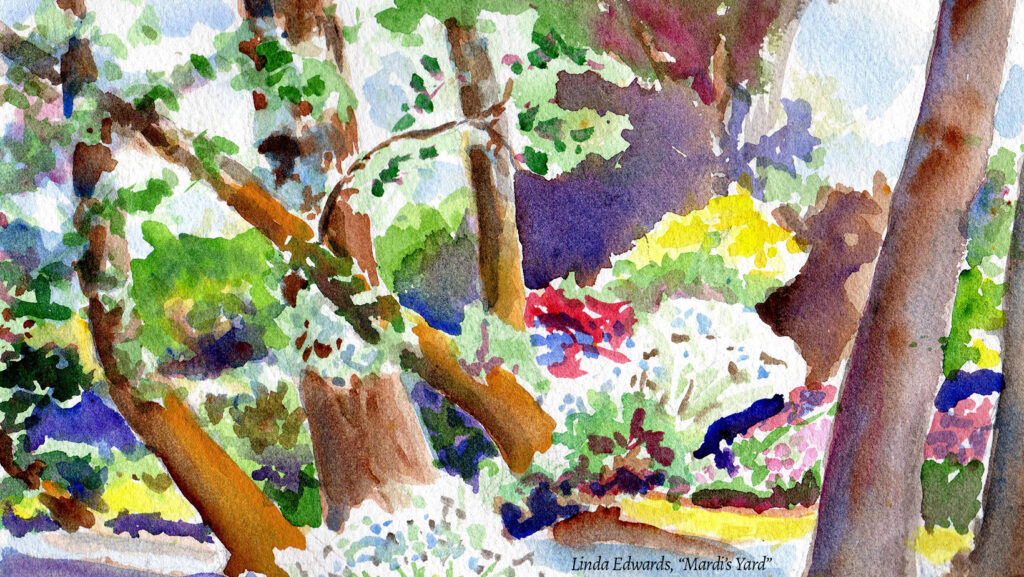Memory Quilts
Memory Quilts
Memory Quilts
Stitched in Memory…
Often called friendship quilts, signature quilts, or memory quilts, in the United States the tradition of quilts to memorialize friends, relatives, and communities began in the 1840s. Early examples featured individual blocks contributed by those within a social network, with signatures in indelible ink. As trends and methods changed blocks started to feature embroidery, applique, and fabric paint, and the quilts often included references to activities, hobbies, and personalities as well as names.
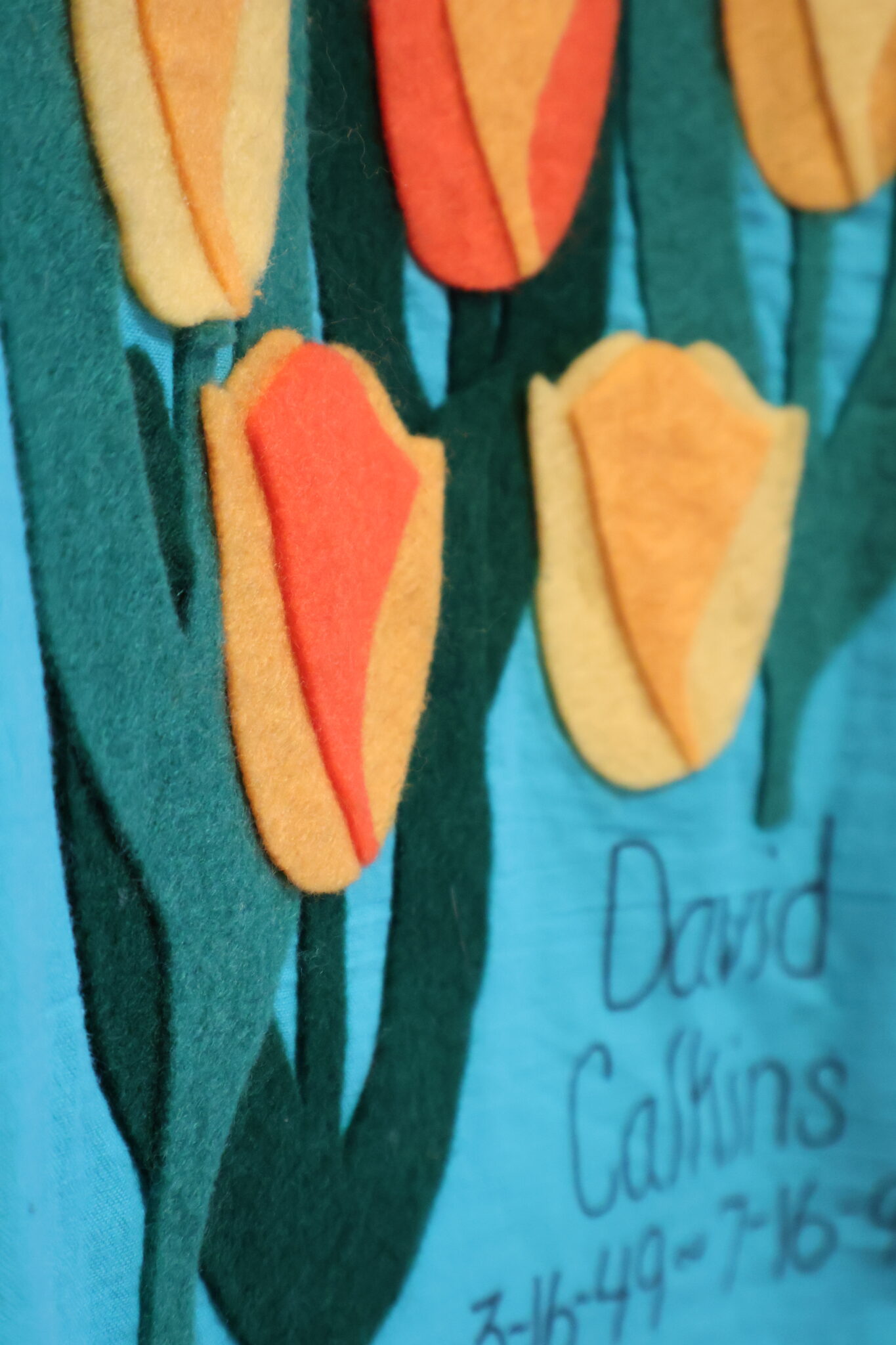
National AIDS Memorial Quilt Panels from the Mid-Willamette Valley
1989-1995
Human rights activist Cleve Jones conceived the National AIDS Memorial Quilt in 1985 to remember those who had died of AIDS and help people understand the devastating impact of the disease. The first display on the National Mall in 1987 included 1,920 panels. The quilt now includes nearly 50,000 panels and continues to be displayed at the Mall and around the nation.
The panels exhibited here were three of the six panels shown at Corvallis locations in 1994 and 1995. The panels were made by Responsible Mothers and Others (a grassroots organization educating about HIV/AIDS prevention), the Valley AIDS Information Network, St. Mary’s Catholic Church, First United Methodist Church, First Presbyterian Church, and St. Anselm of Canterbury Church. Those memorialized are both local friends and family members and loved ones who lived elsewhere in the country but whose loss affected members of our community.
Following this exhibit these panels will be given to the National AIDS Memorial, which safekeeps and exhibits the Quilt’s panels. While the stories of some of those memorialized are known, the identities of others are unclear. Any additional memories, or knowledge of the location of the other three panels, are welcomed and will be included with the donation of the panels.
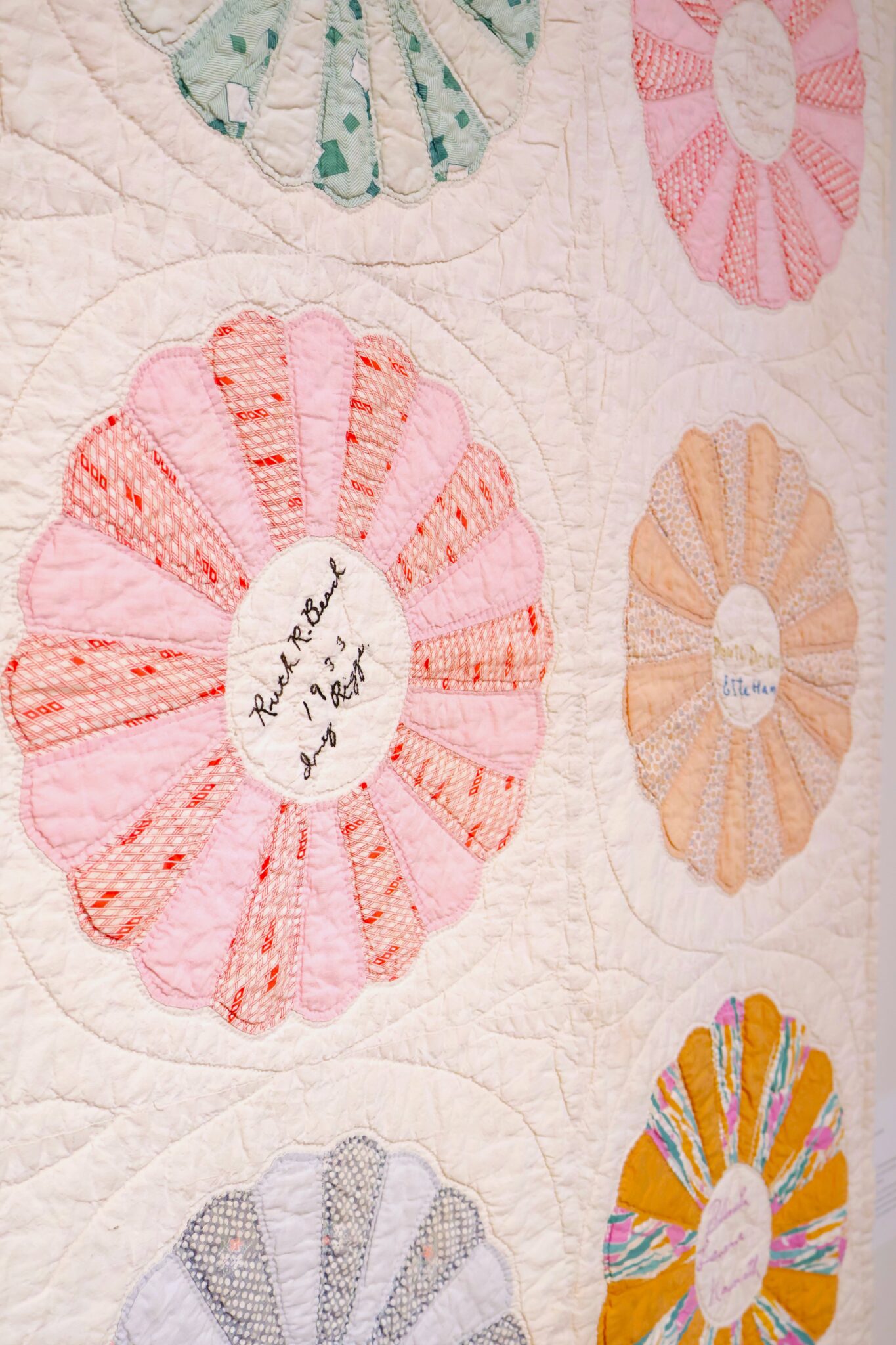
Beaver Creek Ladies’ Club Friendship Quilt
Dresden Plate Pattern 1933 | 1997-058.0001
Each member of the Beaver Creek Ladies’ Club made multiple copies of her quilt block, then traded blocks so each person had a complete set to make into a quilt. This quilt belonged to Clarissa Boies Raiche.
Women in the Beaver Creek area gathered for a baby shower in 1928 and enjoyed the company so much that they founded a Ladies’ Club. They met in a former schoolhouse until it burned, replacing it with a fire-resistant cinderblock structure. The club met until 2003, when only 3 members remained.
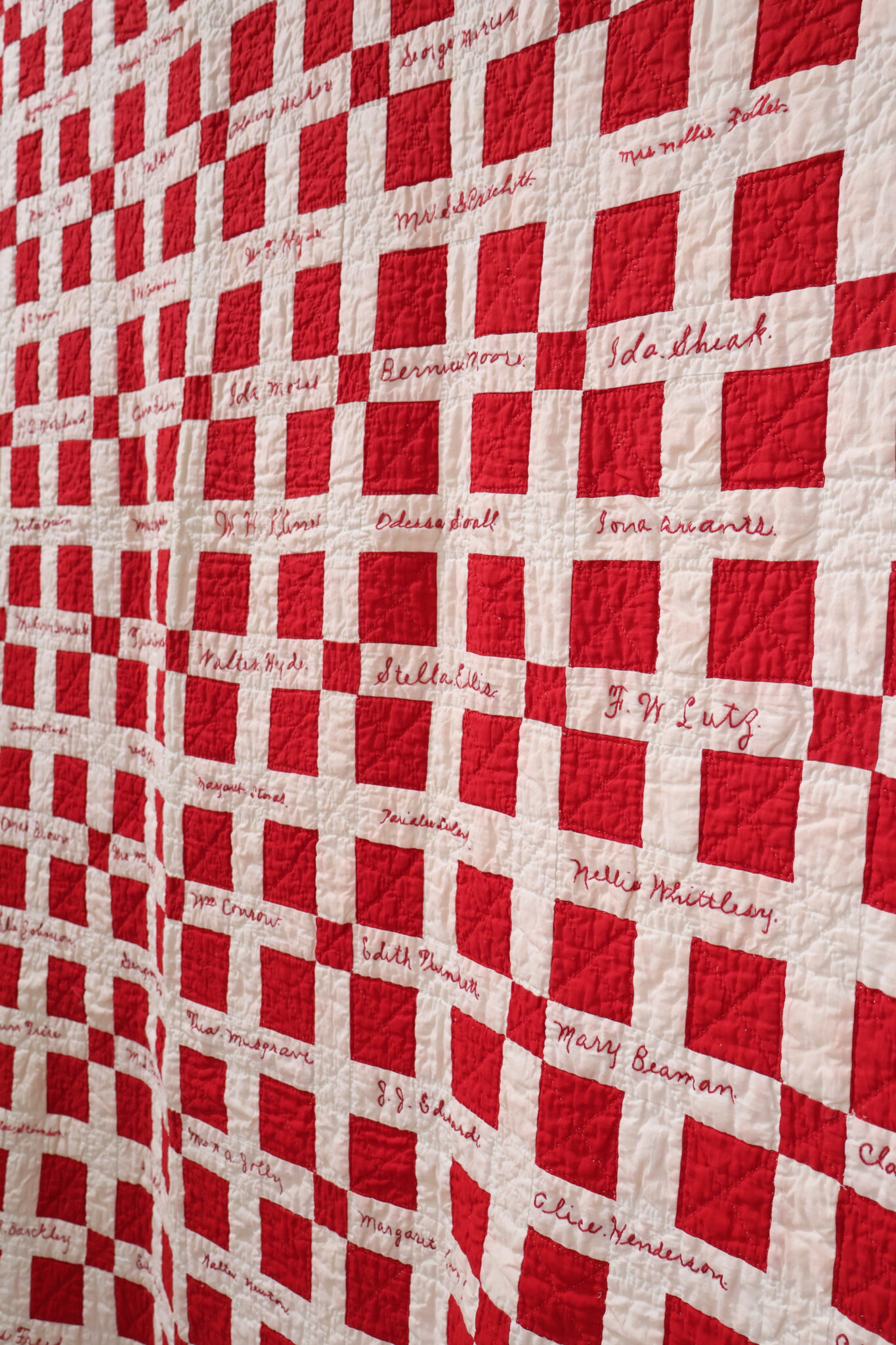
Willamette Grange Hall Signature Quilt
Red Cross Pattern Circa 1922 | 2015-008.0001
Willamette Grange #52 is Benton County’s oldest grange, founded in 1873. It is part of the National Grange of the Order of Patrons of Husbandry, a social organization formed to advocate for the well-being of agricultural communities and families.
Based on the names on the quilt, the quilt was likely made after 1921 but before the middle of 1923. The Willamette Grange Hall burned in 1922, and the quilt may have been a fundraiser for rebuilding the hall.
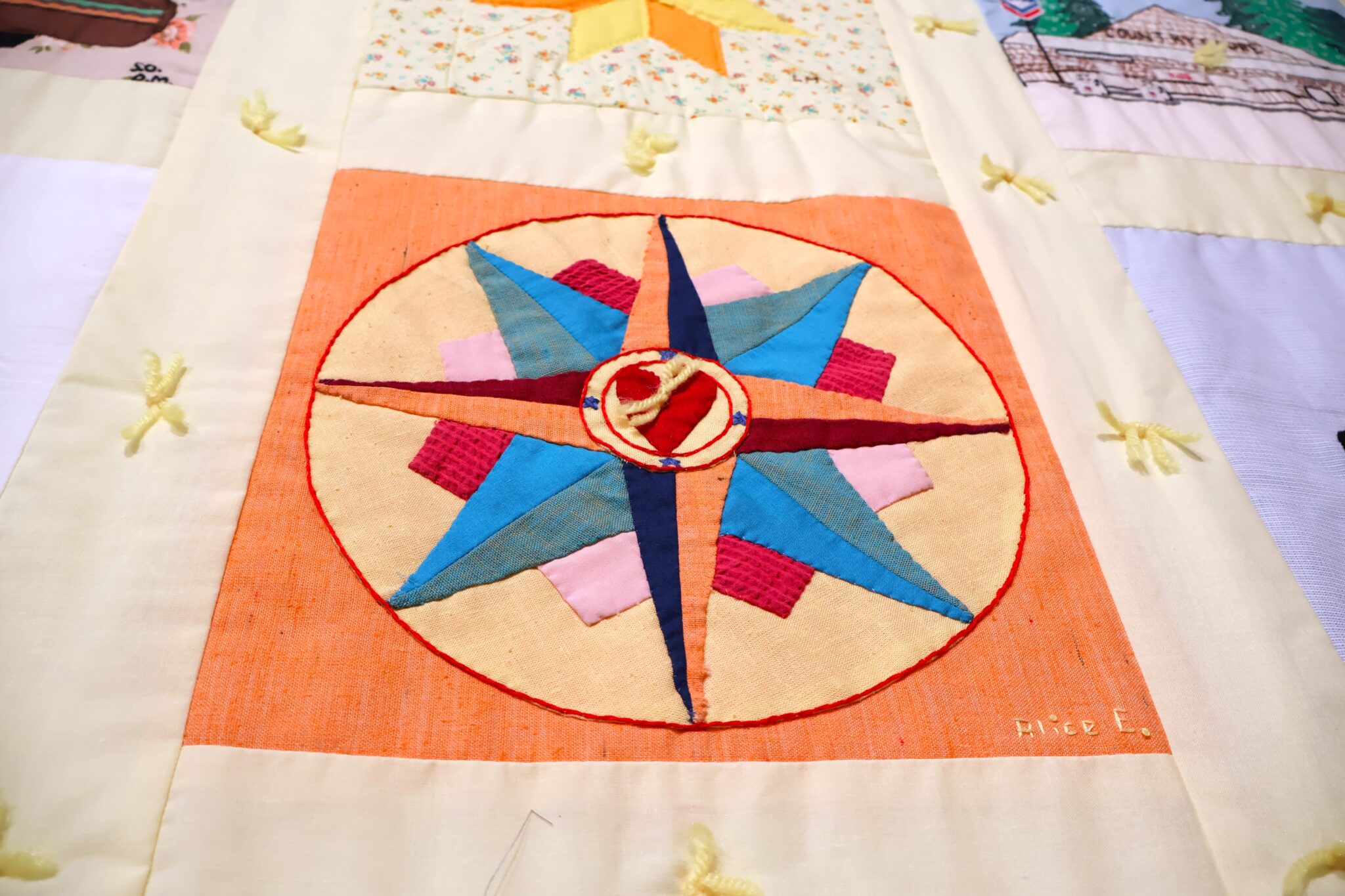
Summit Star Quilters Vosberg Commemorative Quilt
1982 | 2023-067.0001
The Summit Star Quilters made this quilt for Joanne Vosberg, commemorating her involvement in the communities of Summit and Blodgett. Vosberg was postmaster of Blodgett for 40 years and owner of the Blodgett Store. Each block illustrates a different part of Vosberg’s life, such as her service as a volunteer firefighter and E.M.T., attendance at St. Mary’s Church, trips to Reno, Nevada, and her love of horses. The cash register represents the Vosberg store, with the total on the register referring to the gender gap in pay in the 1980s -- for every dollar earned by men, women earned an average of 59 cents.
